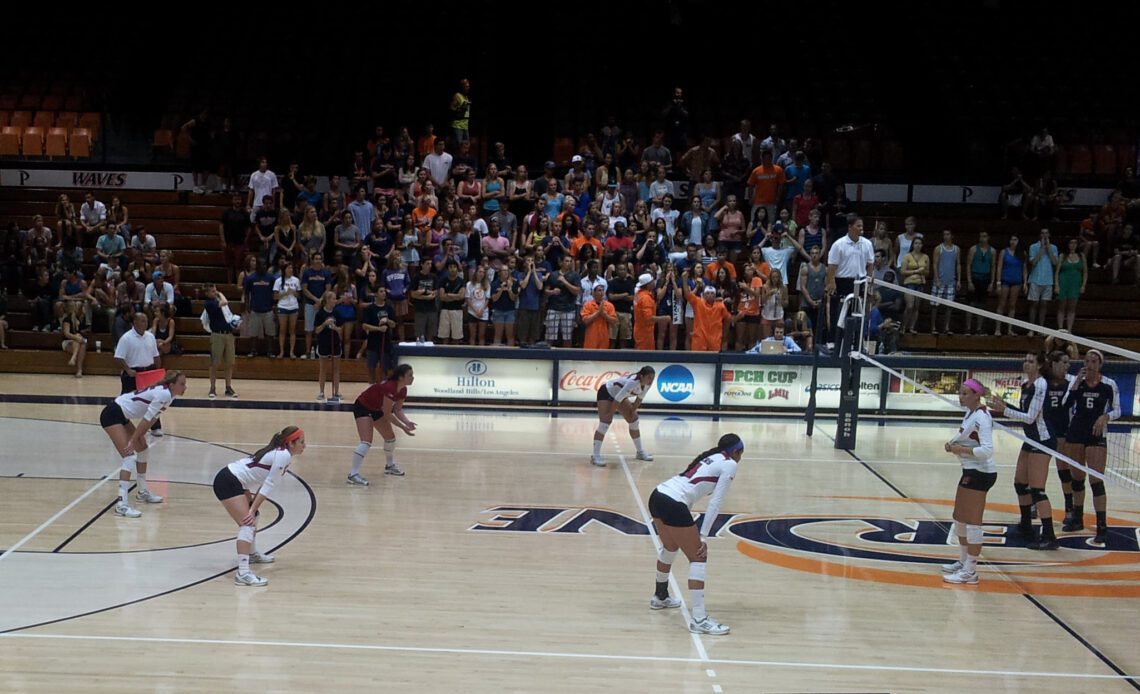Mark Lebedew posed a question via Facebook with respect to expected performance relative to actual performance. Here’s how he presented it.
Thought experiment about reception.
Player A and Player B have equal quality reception (by expected SO%)
Player A has actual SO% after his reception 7% higher than Player B.
Can someone propose an explanation?
Expected SO%
Let me start by explaining Expected Sideout %. This is a serve receive passing metric often seen at the top end of the sport. It looks to address the problem with the standard 3-2-1-0 rating system I talked about in a previous post that brings up Expected SO%, after a fashion. Namely, averaging the ratings of a bunch of passes presents a skewed sense of performance. For example, is a 3-pass actually 50% better than a 2-pass? Is a 2-pass twice as good as a 1-pass? It might be 5x as good!
For Expected SO% you work out the sideout rate for each pass quality. You do this by looking at all the passes of a given rating (e.g. all 3s) and seeing the percentage of time the team gets a sideout. This is done across a very large sample. In Mark’s case, he’s using league-wide figures. You might end up with something like this:
3 = 75%
2 = 60%
1 = 25%
I just made those figures up, so don’t rely on them. You need to use data appropriate to your level of play.
Then, once you have those percentages worked out, you sub them into your average for your pass rating values. Lets say we have the following passes for a receiver: 3,1,2,3,2. Normally, we’d average that out and come up with 2.2. For Expected SO% we would replace those ratings with their average sideout rates above, so 75%, 25%, 60%, 75%, and 60% respectively. Then, we average those out and come up with 59%.
If you really want to take an in-depth look into all of this, Chad Gordon at Rethinking Volley has a deep dive.
Back to Mark’s question
Now that we have the basics out of the way, let’s turn back to Mark’s scenario. To clarify, Players A and B are on the same team. Imagine them being the two OHs for that squad. Thus, they have the same setter and the same other players around them (keeping in mind that Mark’s point of reference is teams operating under FIVB substitution rules).
So what Mark is presenting is a situation where two players have the same Expected SO%. You may find it easier to think of them having the same average pass rating (e.g. both are 2.2), though that may not actually be the case….
Click Here to Read the Full Original Article at Coaching Volleyball…

